The Evolution of Design Methodology, Science, and Research
The Evolution of Design Methodology, Science, and Research by Julia Paret, Graphic Design ’19 Surviving on the streets is not as simple as finding food and shelter. In the country of Cote d’Ivoire, the modern day version of Oliver Twist is the young man wearing brand name clothing in a flashy display of wealth. […]
Against Search by Lev Manovich
How to work with massive media data sets? Early 21st century media researchers have access to unprecedented amounts of media–more than they can possibly study, let alone simply watch or even search. A number of interconnected developments which took place between 1990 and 2010–the digitization of analog media collections, a decrease in prices and expanding […]
Marketing Team Final Submission

Section I: Semester-long Advertising Strategy When Rachel Swiezynski and I came together to form the marketing team for The Student Publication, we outlined specific goals we hoped to achieve throughout the semester. Prior to this year, there had been no coordinated effort to market The Student Publication. Rachel and I are both students in the […]
V36 Contributors
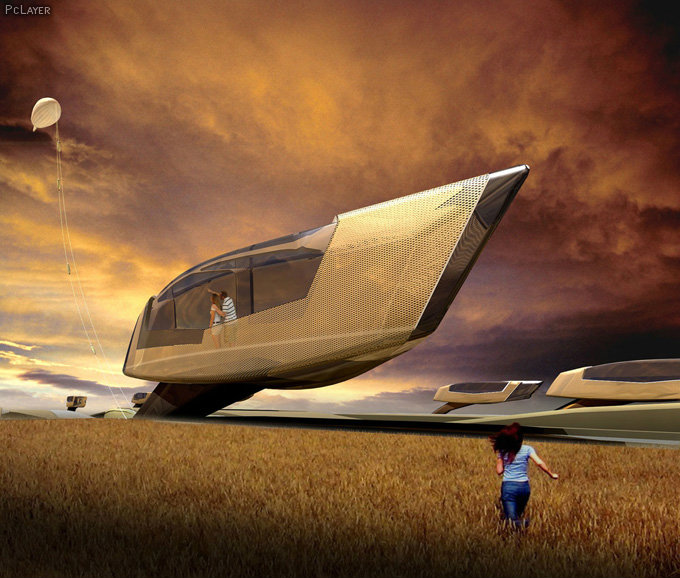
Volume 36 of The Student Publication offers a wide perspective on the nature of reality and how designers affect, create and modify it. From science fiction writers to speculative designers, the contributors to this volume are diverse, passionate and provocative. If you are interested in contributing, please contact our editors at design_studentpublication@ncsu.edu. You can also contact them […]
August Turak / The House the Rabbi Built
August Turak has integrated his life-long passion for personal and organizational transformation with a highly successful career as an entrepreneur, consultant, and executive for a variety of companies. He draws on over 30 years of business experience to bring readers the kind of stories that transform their perspective. Turak’s essay delves into the thought provoking […]
Danny Stillion / An Interview
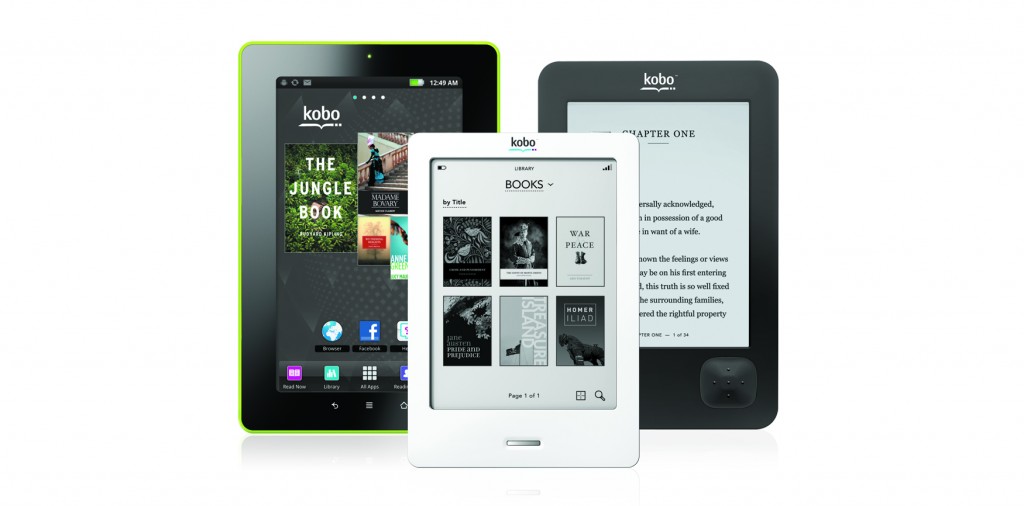
Danny Stillion is a Design Director and Associate Partner at IDEO, a global design firm. Stillion wil be discussing human centered design and the role of empathy in design–its importance not only for his specific field, but for design in general.
Bruce Sterling
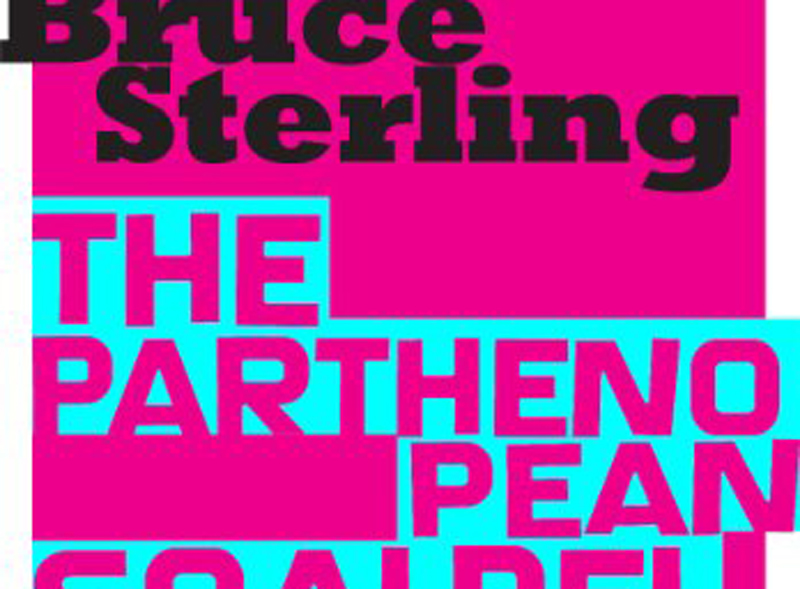
Bruce Sterling is a well known science fiction author, blogger and organizer who helped define the Cyberpunk movement – a genre which focuses on “high tech and low life.” In 2005, Sterling became “visionary in residence” at Art Center College Center of Design in Pasadena, California. Sterling will be focusing on the attraction and pitfalls […]
Marc Russo
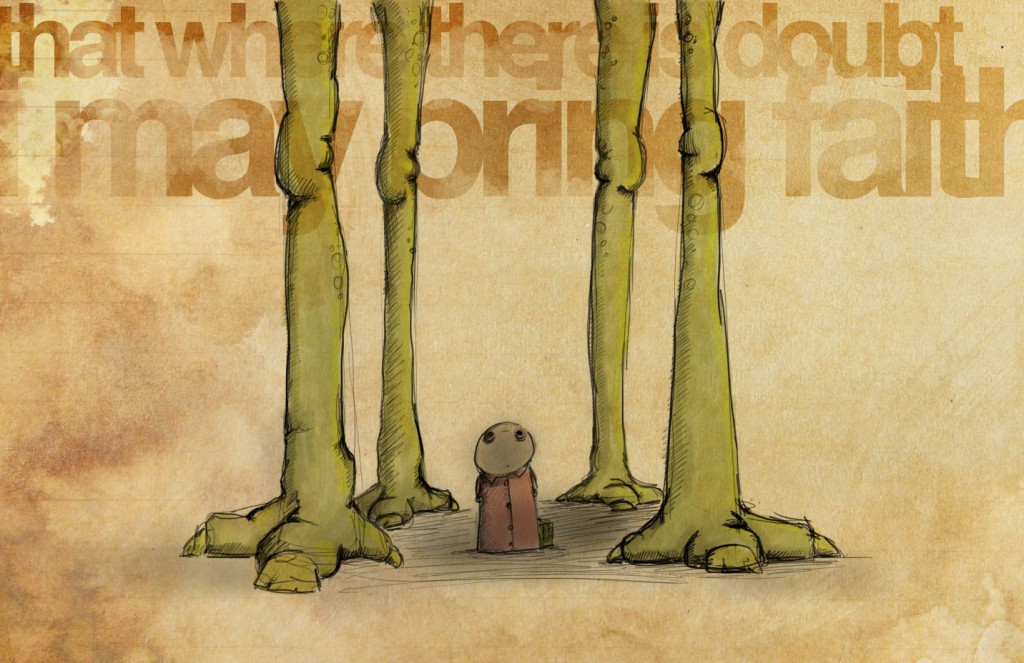
Marc Russo is an Assistant Professor of Art + Design in the College of Design at North Carolina State University with a focus on new media and animation design. In addition to teaching, Russo also works as a freelance designer and shows his work nationally and internationally in art and design galleries and exhibitions. Russo […]
Nicolas Rader
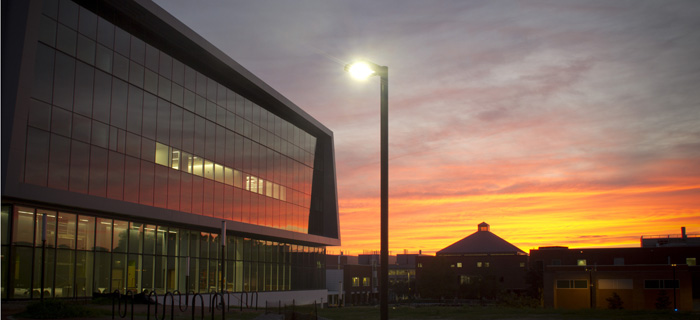
Nicolas Rader is an Architect at Snohetta, an international firm with US headquarters in New York City. Rader is currently working in Raleigh on the Hunt Library, located on the Centennial Campus of NC State. The new library houses a “bookbot” rather than bookshelves, changing the definition of what a library is and how it’s […]
Silas Munro / Alter Ego
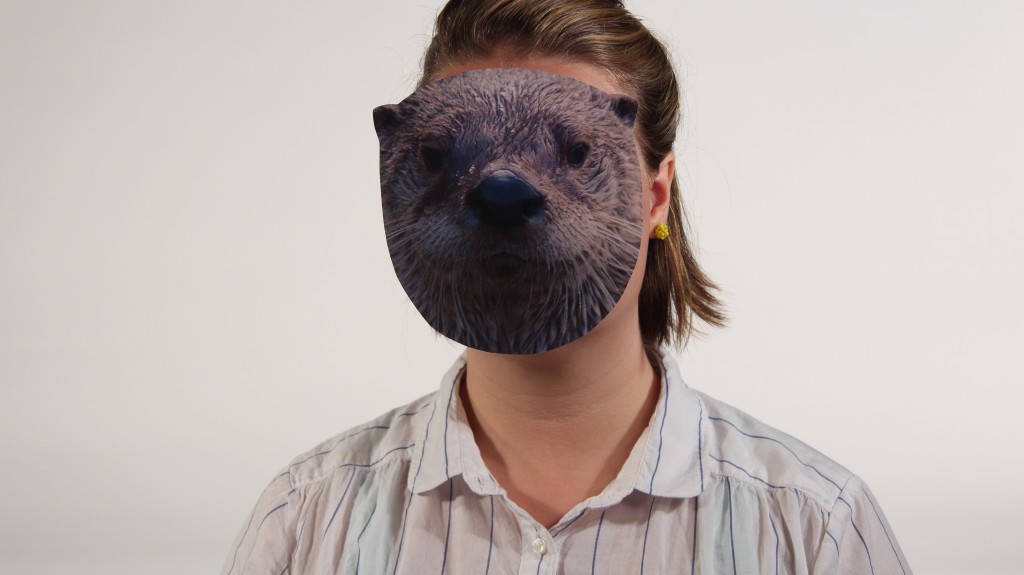
Silas Munro is the principal of From the Desk of, a graphic design studio based in Miami, Florida. He is currently Chair of the MFA Program in Graphic Design at Vermont College of Fine Arts. For the past five years, Munro has studied the concept of the alter ego, giving students the opportunity to designer […]
Roger Manley
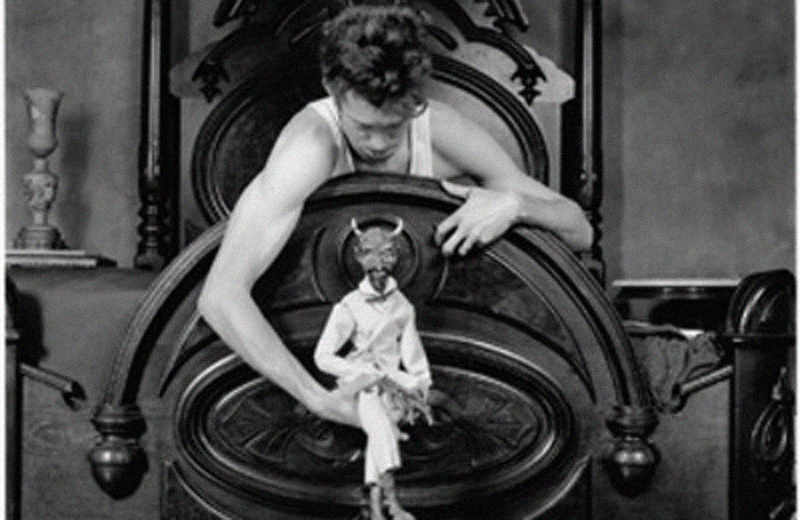
Roger Manley is the Director of the Gregg Museum of Art + Design at NCSU. The Gregg’s current exhibition, Art Without Artists, raises provocation questions about the criteria that makes an object art. Manley will be responding to this question and giving insight into the relationship between art, artists and the fictitious.
Stephen Killian
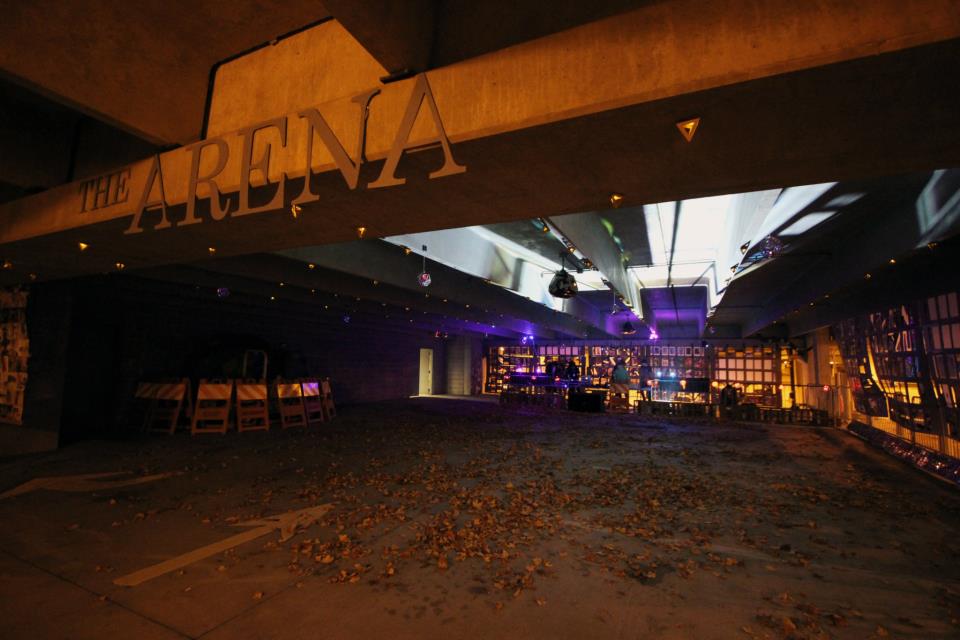
Stephen Killian is a junior in Architecture within the College of Design. As head organizer of the annual Halloween Bash, Killian created a rich story specifically designing every artifact to fit within the context of the theme – Apocalypse. His attention to the overarching narrative provoked the viewer to enter the reality he created. Killian […]
Ted Givens

Ted Givens is a visionary, award-winning architect and founding partner at Hong Kong-based 10 Design. His firm was conceived as an environment that would allow for an intense focus on design and research. Givens will be writing about how rough visionary thoughts move into reality – tied to client and content.
Katherine Diuguid

Katherine Diuguid is an Assistant Professor of Art + Design in the College of Design at North Carolina State University. Along with Justin LeBlanc, she is the new faculty chair of Art 2 Wear. In this role, Diuguid and LeBlanc have made any changes for the Spring 2013 show, including devising an overarching there – […]
Immersive Spaces

/by Anna Bailer/ Environments can be comforting, provocative, or sometimes disturbing; all of which have different effects on the viewer. Being submerged in a new or different environment is an effective way to transform the reality of another person, or can prompt them to question the one they currently know. WE The designer of these […]
The created dichotomy between urban and rural

/by Jennifer Peeler/ Within my short lifetime I’ve had the privilege, as the daughter of an Air Force officer, to move, live and travel across the United States. I grew up a person without a place that defined home – I had many places, many identities from which to choose. We moved back and forth […]
The Journey

This summer I lost my way. I lost myself. I lost what I stand for. I was enclosed by the darkness and couldn’t seem to find my way out. Coming home healed me. Understanding who I am healed me. Finding peace healed me. Slowly I found my way back to the light, back to my […]
Design and the Media

Melany Bates, Senior in Design Studies “It is the very aura of the disinterested, the noncommercial, bordering on the “otherworldly” that makes culture so attractive to corporations or the promotion of a political agenda. The cloak of culture protects them against public scrutiny of labor practices, health and safety of plants/products, environmental record, as well […]
Future Casting
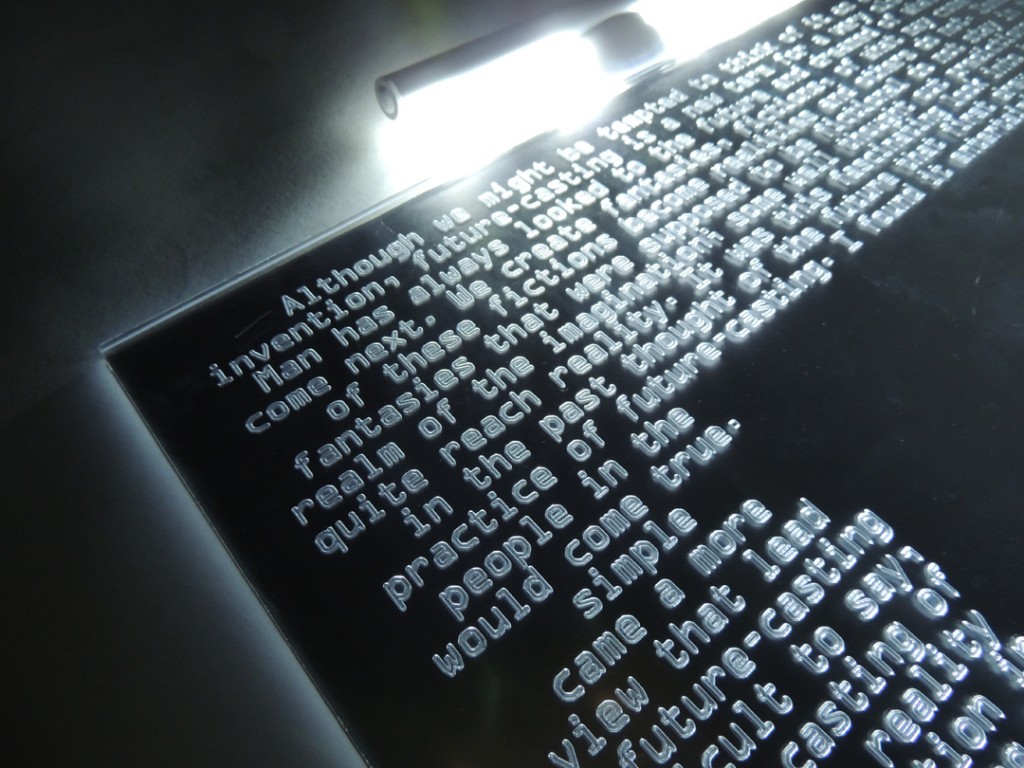
Grace Pledger, Senior in Graphic Design Although we might be tempted to think of it as a recent invention, future-casting is a new term for a very old practice. Man has always looked to the future and dreamed of what would come next. We create fantasies, fictions of what may come. Some of these fictions […]
The Urbane Rural

Jennifer Peeler, Graduate Student in Architecture Is the largest divide in American politics a spatial one? URBAN to RURAL. One need look no further than the red and blue election maps that identify each county with its primary vote to see evidence of the divide – isn’t the contrast of the cities easy to pick […]
You can contribute!

If you are interested in adding your voice to The Student Publication, there are several ways to contribute. You can contact our editors at design_studentpublication@ncsu.edu or use this form to contribute online now! [contact-form-7 id=”753″ title=”Online Contribution”]
V36 Abstract
Form + Fiction: The role of design and designers in defining, framing and shaping reality. “Fiction writers, at least in their braver moments, do desire the truth: to know it, speak it, serve it. But they go about it in a peculiar and devious way, which consists in inventing persons, places, and events which never […]
Volume 36: Form + Fiction
Prospectus Launch and Journal Pre-Order
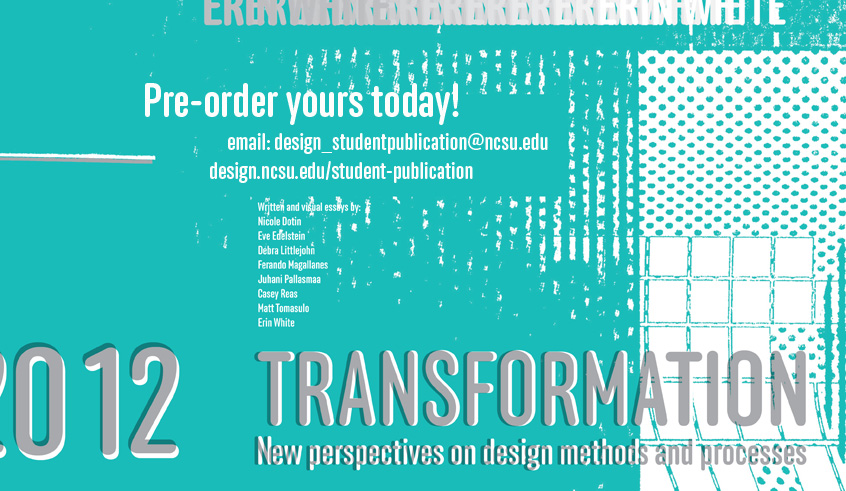
Thanks to all who came out for the May 04 event at the Fishmarket. There’s was lots of great comments and discussions. You can pre-order a copy of the Publication ($15) which is due out in July, by emailing design_studentpublication@ncsu.edu today! We’ll send you a Prospectus and an order card.
May 4th Fish Market Show
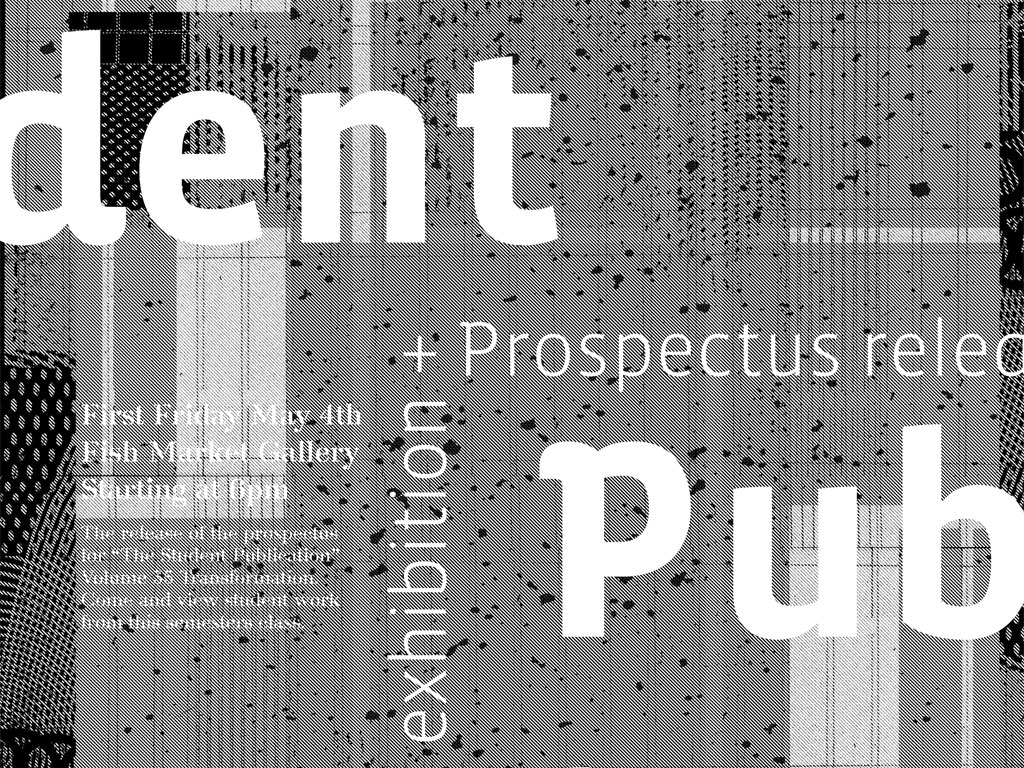
Come out to the Fish Market, this Friday May 4th (on the corner of Fayetteville and Hargett in downtown Raleigh) to see the hard work of the student publication class from this semester! Read/watch our visual essays and ideas in dialogue. Give us your thoughts about the show, about the topic of Vol 35, and what you […]
Volume 35: Transformation
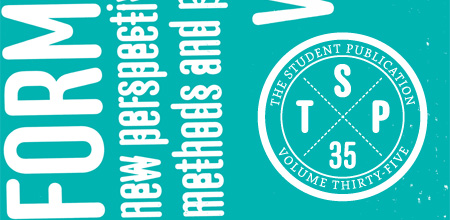
Technological developments make connectivity to people, information and services possible at almost any time. Despite the increased opportunity for innovation and creativity, learning and adapting to these new situations can be disorienting as people struggle to stay up to date and familiar in the changing spaces of classrooms, hospitals, public spaces, and offices. Demands are […]
The economy of a creative process
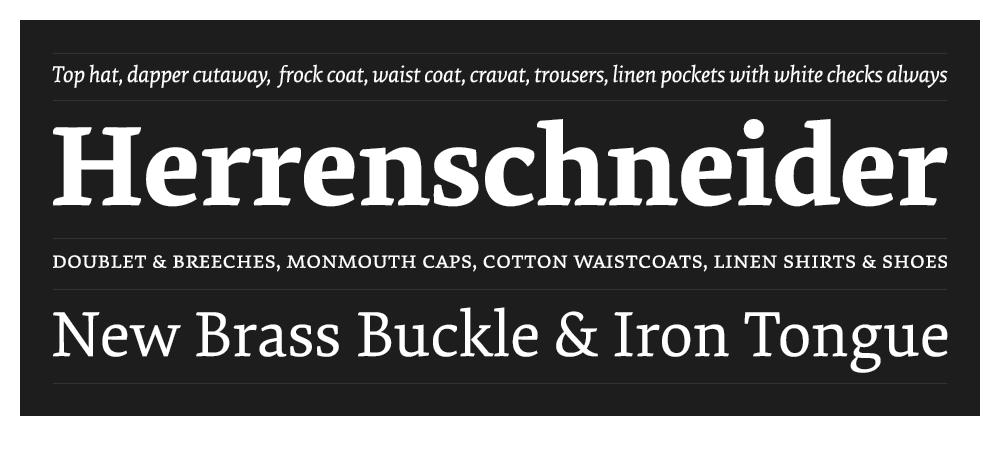
By Nicole Dotin {abstract} Nicole Dotin is a typeface designer and partner at the Process Type Foundry in Golden Valley, MN. She earned a Bachelor of Fine Arts in Art from the University of Minnesota, an Master of Fine Arts in Visual Studies from the Minneapolis College of Art and Design, and an MA in […]
Design process, new technologies, and neuroscientific response
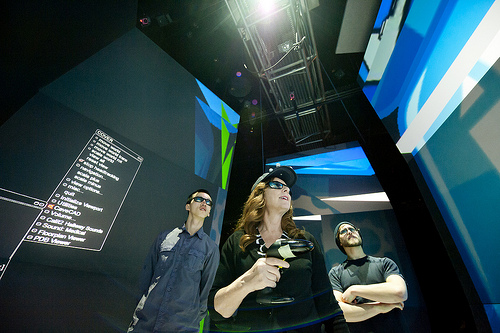
By Dr. Eve Edelstein {abstract}Dr. Eve Edelstein is a senior research specialist at the University of California, San Diego and an adjunct professor at the NewSchool of Architecture & Design in San Diego. Edelstein has a doctorate in Neurophysiology from University College London, a Master of Architecture and a Bachelor of Arts in Anthropology from […]
Responding to Change
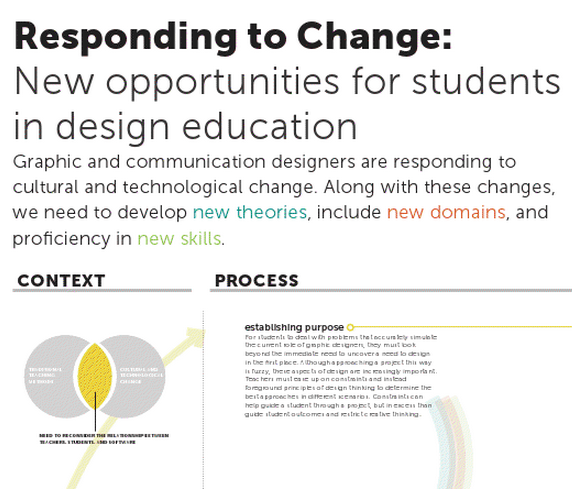
Michael Carbaugh discusses in his concept map how graphic and communication designers need to respond to current cultural and technological changes. These changes foster new theories, new domains, and new skills in design practices. Carbaugh_FinalVisualEssay_Revised
Persuasion
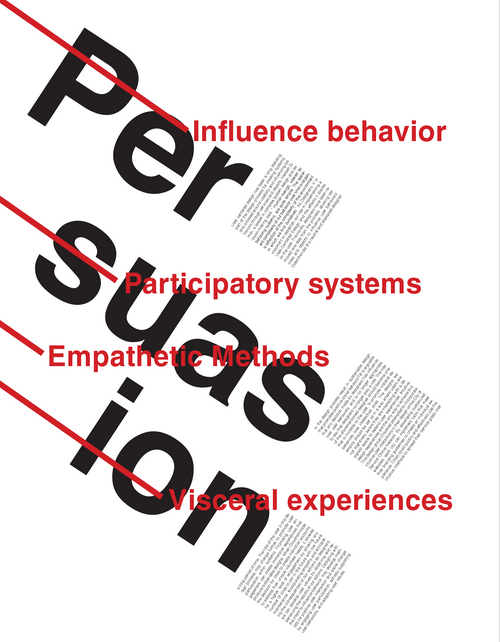
a visual essay by Dwight Davis Davis_VisualEssay_F_BLOG
